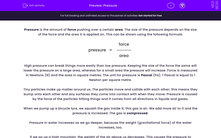It can be quite easy to push a pin like this into a cork board. But, if you tried to push a flat coin into a cork board with the same force, it would be much more difficult. Why is that?
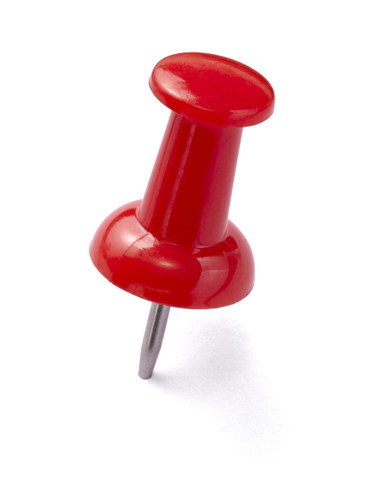
The area of the point of the pin is much smaller than the area of a coin. The force you apply is concentrated over a smaller space on the pin, making it easier to push into a cork board.
This is an example of pressure. Let's learn about pressure and how to calculate it!
Pressure is the amount of force pushing over a certain area. The size of the pressure depends on the size of the force and the area it is applied to. This can be shown using the following formula:
| Force (N) | ||
| Pressure (Pa) | = | |
| Area (m2) |
Force is measured in Newtons (N) and the area in m2. The unit for pressure is Pascal (Pa). 1 Pascal is equivalent to 1 Newton per square metre.
High pressure can break things more easily than low pressure. If you stand on a piece of cardboard wearing high-heeled shoes, you're very likely to make a hole in it because the pressure will be high from that one narrow heel. If an elephant stood on that same piece of cardboard, the pressure would be less because of the larger surface area of its foot and so there would be less chance of making a hole.
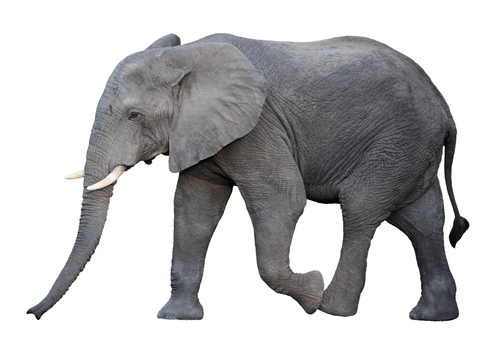
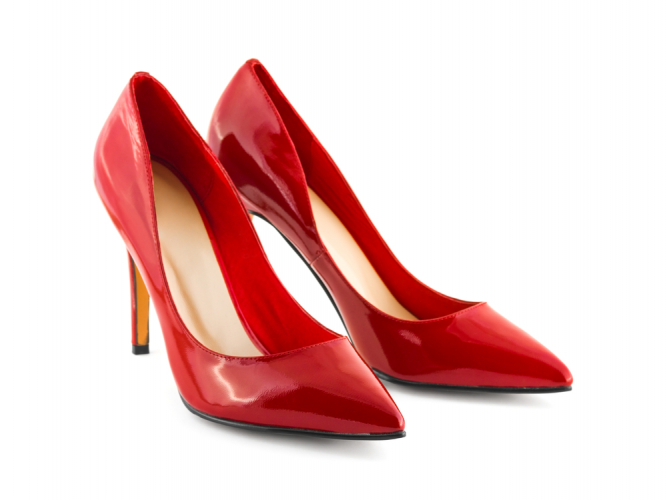
Having feet with a large surface area helps camels to spread their weight when walking in a sandy desert - it reduces the pressure of their feet on the ground and makes it easier for them to walk without sinking into the sand.
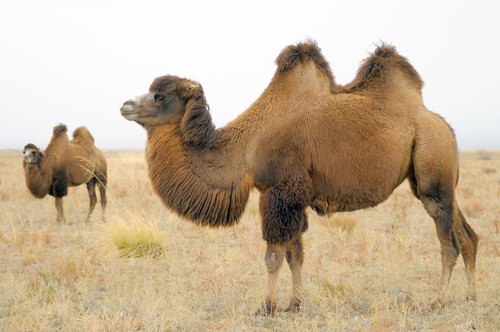
Keeping the size of the force the same will lower the pressure on a large area, whereas, for a small area, the pressure will increase.
A large surface area can also mean that more force needs to be applied. For example, if you try to cut an apple with the flat side of a knife, you're going to have a bit of trouble - because the area of the knife is large, more force will be needed to exert the pressure necessary to cut the apple. Turn the knife to its thin, sharp edge, and the area is reduced, meaning that less force is needed to chop that apple. This is also the reason why nails have sharp points, so that less force needs to be applied to hammer it into a piece of wood.
Let's try some questions now.

